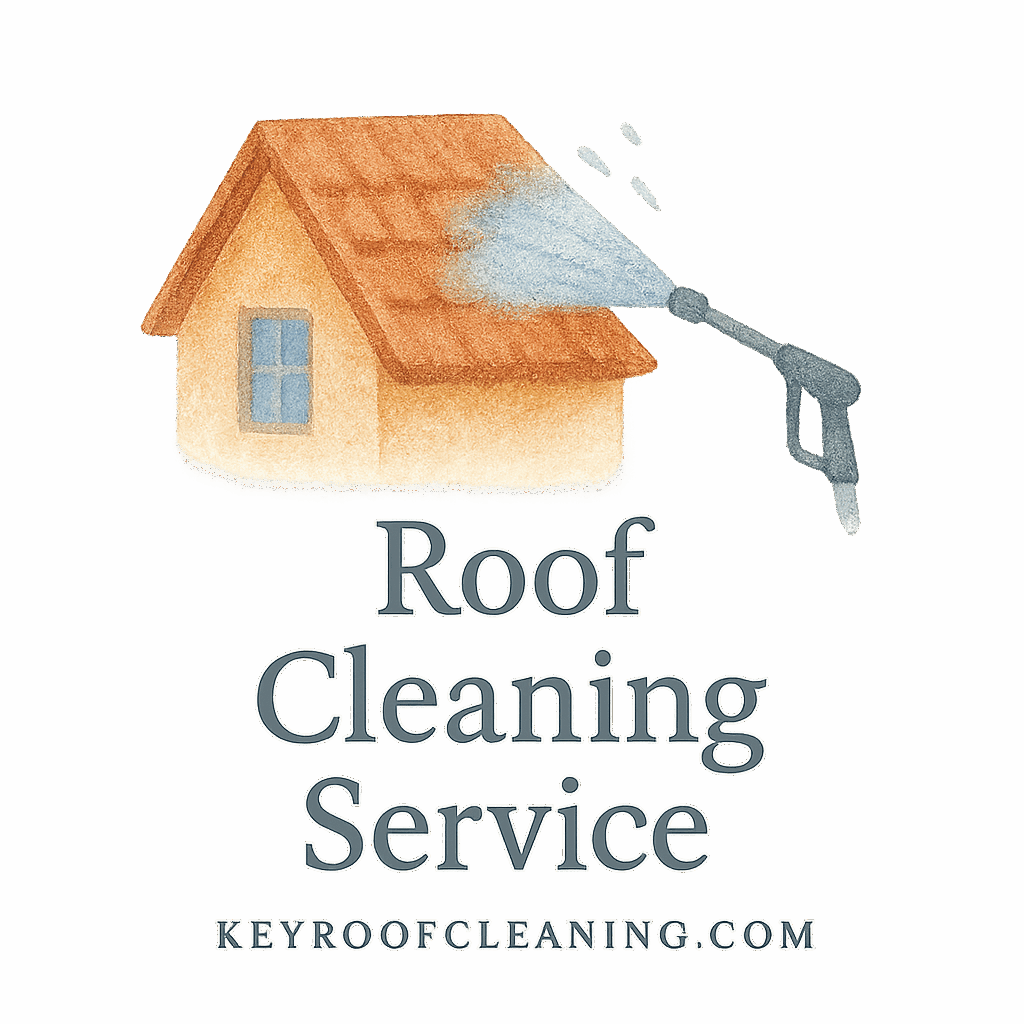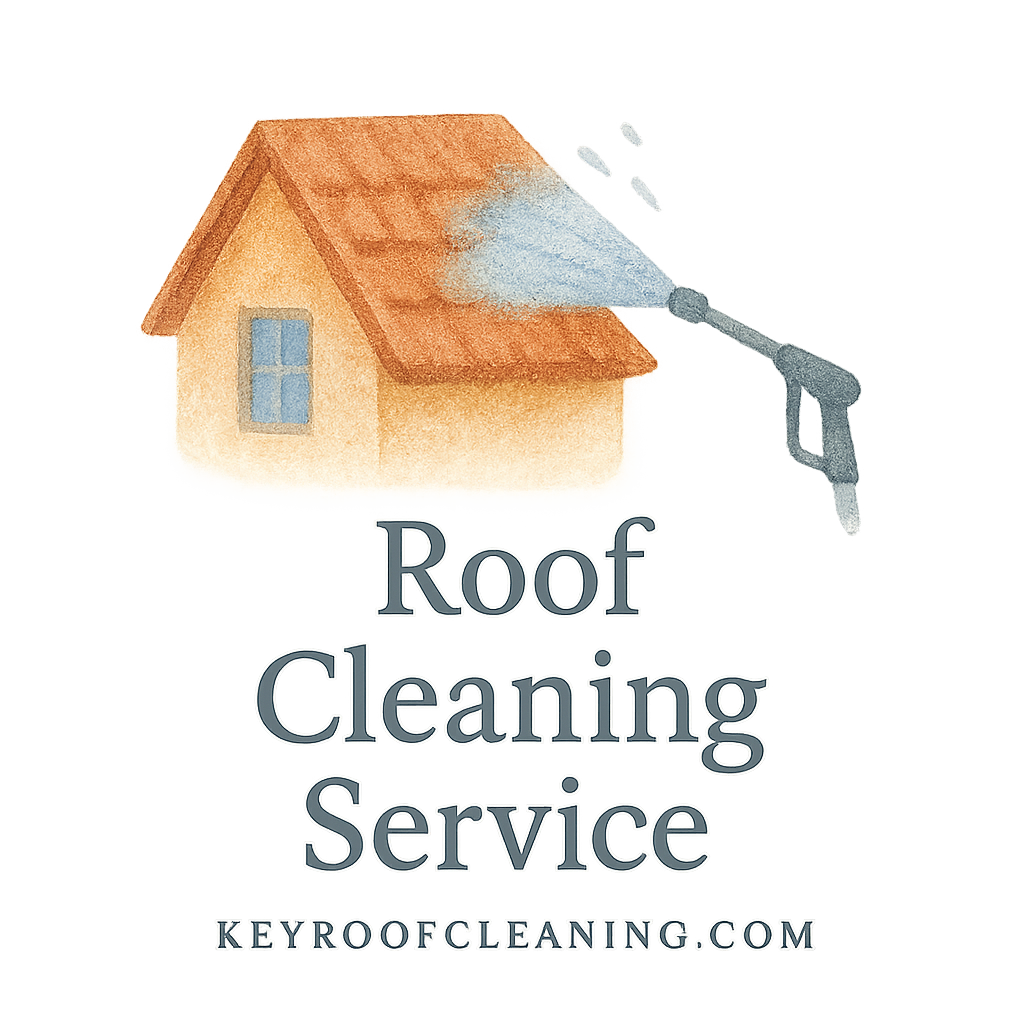Introduction: Why Roof Cleaning Is More Than Just Curb Appeal
Think roof cleaning is just about appearances? Think again. Your roof is your home’s first defense against the elements. But over time, it collects moisture, dirt, algae, and organic debris that create the perfect storm for mold and mildew to thrive. If left unchecked, these sneaky invaders can cause structural damage, health problems, and costly repairs.
Here’s the truth: Regular roof cleaning isn’t optional—it’s essential. Let’s break down the top 7 ways roof cleaning helps prevent mold and mildew, and why it’s a game-changer for your home’s health.
1. Stops Moisture Build-Up in Its Tracks
Why Trapped Moisture Is Mold’s Best Friend
Mold and mildew absolutely love damp, dark areas—and your roof can become exactly that if not cleaned. Moisture seeps in under moss, leaves, and shingle cracks, creating a breeding ground for fungi.
How Roof Cleaning Disrupts Mold Formation
By removing these moisture-trapping elements, regular roof cleaning stops mold before it starts. Want to dig deeper into how this works? Check out our guide on the basics of roof cleaning to see how moisture control is the first line of defense.
2. Removes Organic Debris That Feeds Mold
Leaves, Dirt, and Debris—Mold’s Buffet
Leaves and twigs are more than just messy—they’re food for mold spores. When left to decompose on your roof, they feed mildew and trap water.
Debris Removal Tips and Tools
Using soft brushes, leaf blowers, or specialized cleaning tools can clear these materials safely. You can find roof-safe equipment in our recommended tools and products section.
Want a quick mold-prevention checklist? We’ve got you covered here.
3. Enhances Roof Drainage and Prevents Water Pooling
How Poor Drainage Leads to Mildew Growth
Gutters clogged with gunk cause water to back up onto your roof. This water then seeps under shingles and becomes a mildew playground.
Cleaning Gutters and Valleys Effectively
Regularly clearing your gutters and roof valleys ensures proper water flow. Learn more in our guide to maintenance safety to clean your roof without putting yourself at risk.

4. Prevents Algae Growth That Triggers Mold
Algae, Mold & Mildew—The Roof’s Trio of Trouble
Algae might not seem harmful at first, but it retains moisture, which feeds mold and mildew. It also makes your roof look streaky and dirty.
Safe Ways to Eliminate Algae From Roofs
Use eco-safe solutions to clean algae off shingles. Many prefer biodegradable cleaners for the environment. Learn more about eco-friendly techniques that are effective and gentle on your roof.
5. Allows Early Detection of Mold-Infested Areas
Why Inspection Matters During Cleaning
Routine cleaning is the perfect opportunity to spot mold early—before it spreads into your attic or home interior.
What to Look For in Mold-Prone Spots
Keep an eye out for black streaks, soft spots, or green patches. Want help spotting these warning signs? Head over to our post on roof cleaning techniques for visual tips.
6. Promotes Proper Roof Ventilation
How a Dirty Roof Harms Ventilation
Clogged soffits and vents reduce airflow, locking in humidity that encourages mildew inside your attic.
Keeping Vents and Soffits Mold-Free
A clean roof supports airflow by preventing blockages. This makes your whole home breathe easier—literally.
Our ladder safety tips will help you reach those hard-to-clean spots without risking your neck.
7. Encourages Sustainable, Long-Term Roof Health
Eco-Friendly Roof Cleaning Options
Want to fight mold without fighting the planet? Biodegradable and green methods make it easy to clean sustainably.
Sustainable Roof Care and Green Living
Roof cleaning supports your home’s sustainability goals and helps you lead a more green living lifestyle—win-win!
Bonus: Professional Roof Cleaners vs DIY
When to Call the Pros
Sometimes, it’s just safer and more effective to hire a professional service. They have the tools, techniques, and safety training needed for delicate or tile roofs.
See our full guide on delicate roof cleaning to avoid damaging fragile materials.
Safety and Efficiency Tips
From OSHA guidelines to accident prevention, our blog is packed with tips to keep you safe. Also, don’t miss our hiring tips if you’re looking to bring in outside help.
Conclusion
So, what have we learned? Mold and mildew are sneaky, but they’re no match for a clean, well-maintained roof. With these 7 roof cleaning strategies—from clearing debris to ensuring proper ventilation—you’ll not only protect your home, but you’ll extend the lifespan of your roof and save money in the long run.
Want to get started? Visit Key Roof Cleaning to find expert tips, eco-friendly products, and service recommendations to keep your roof mold-free for years to come.
FAQs
1. How often should I clean my roof to prevent mold and mildew?
It’s best to clean your roof at least once a year, but more often if you live in a humid or shaded area.
2. What’s the safest way to clean my roof without damaging it?
Use soft-washing techniques and biodegradable products. You can find more tips on our roof cleaning methods page.
3. Can mold and mildew spread to the inside of my home?
Yes, if left unchecked, they can penetrate your attic and spread to walls and insulation.
4. Are professional roof cleaning services worth it?
Absolutely, especially for tile or delicate roofs. Visit our professional service section to explore trusted providers.
5. Is there an eco-friendly way to remove mold and mildew?
Yes! Check out our eco-friendly cleaning tips for biodegradable solutions.
6. What type of roof materials are most susceptible to mold?
Asphalt shingles and wood shingles tend to absorb moisture more than metal or tile. Read more on roof types & materials.
7. Do gutters really affect mold growth on the roof?
Absolutely. Poor drainage leads to water pooling and mold. Keep your gutters clear, and check our maintenance safety for safe gutter cleaning practices.


